In his debut exhibition, Sejersen takes us on an unsettling visual journey set to the beat of a drum
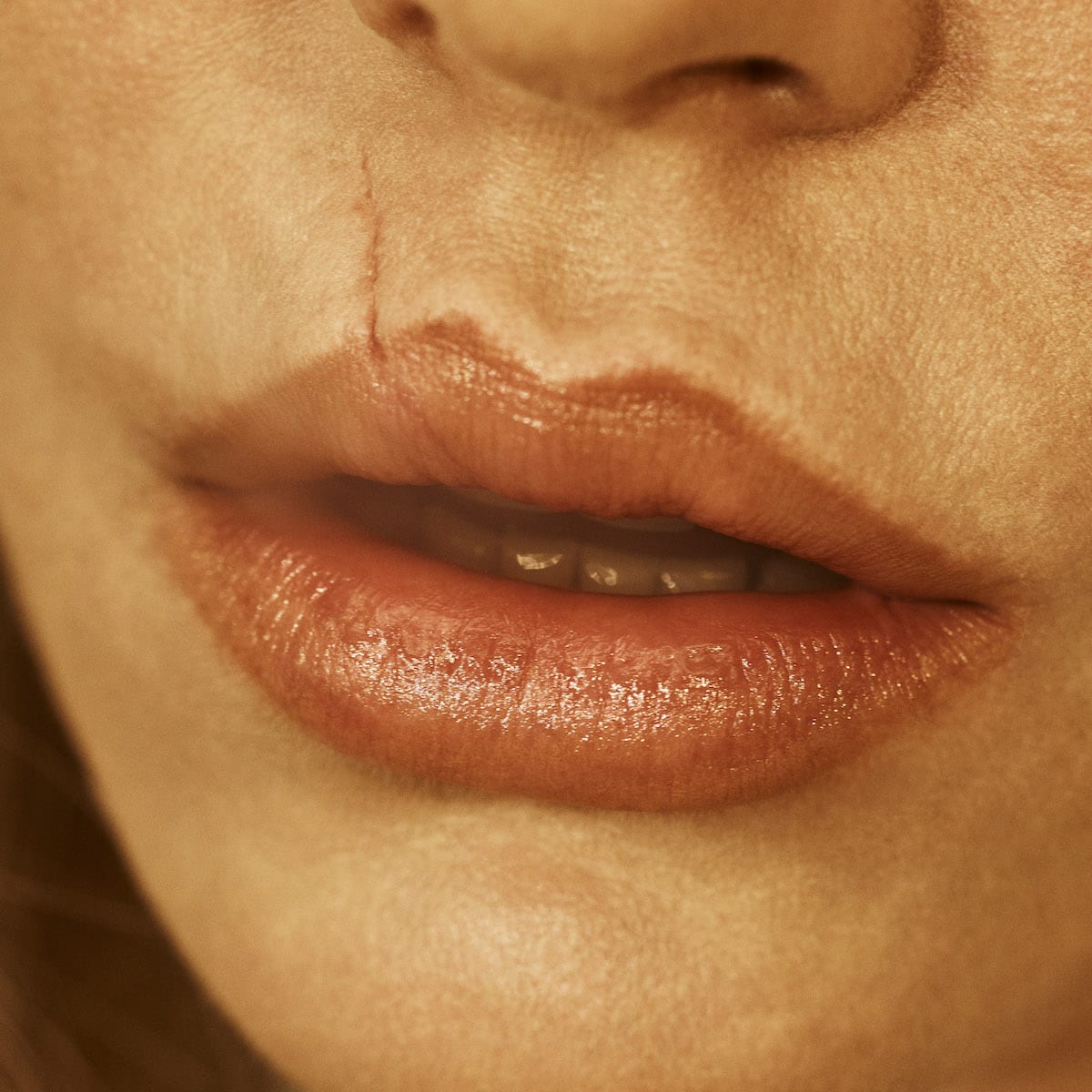

In his debut exhibition, Sejersen takes us on an unsettling visual journey set to the beat of a drum
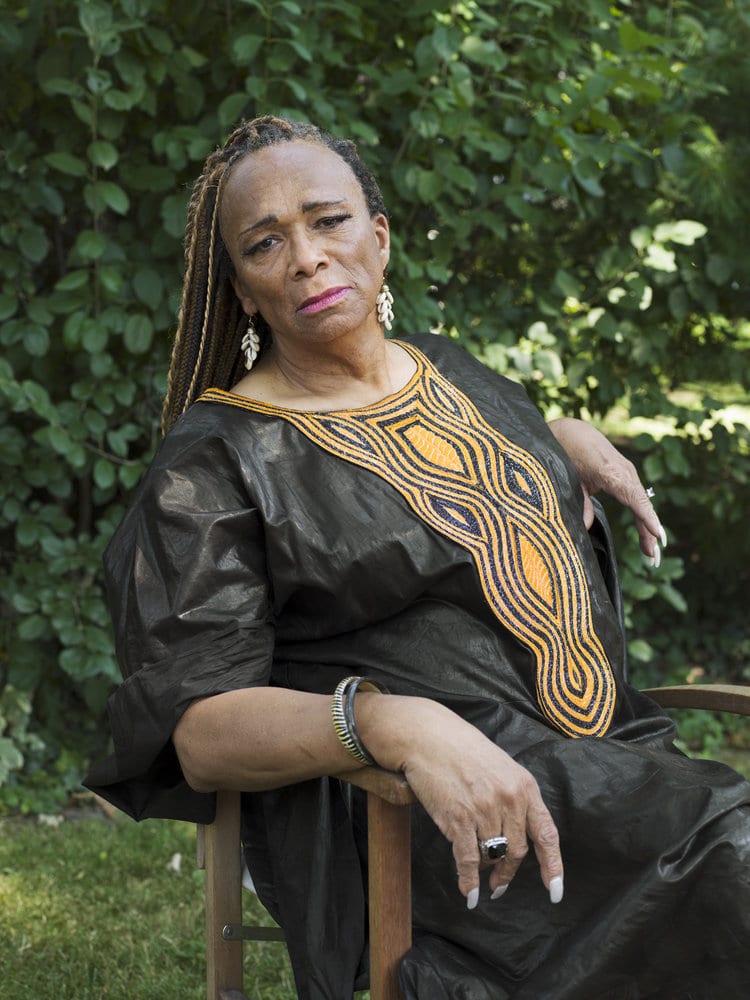
When photographer Jess T. Dugan was 13, she started to question her identity. Over the…
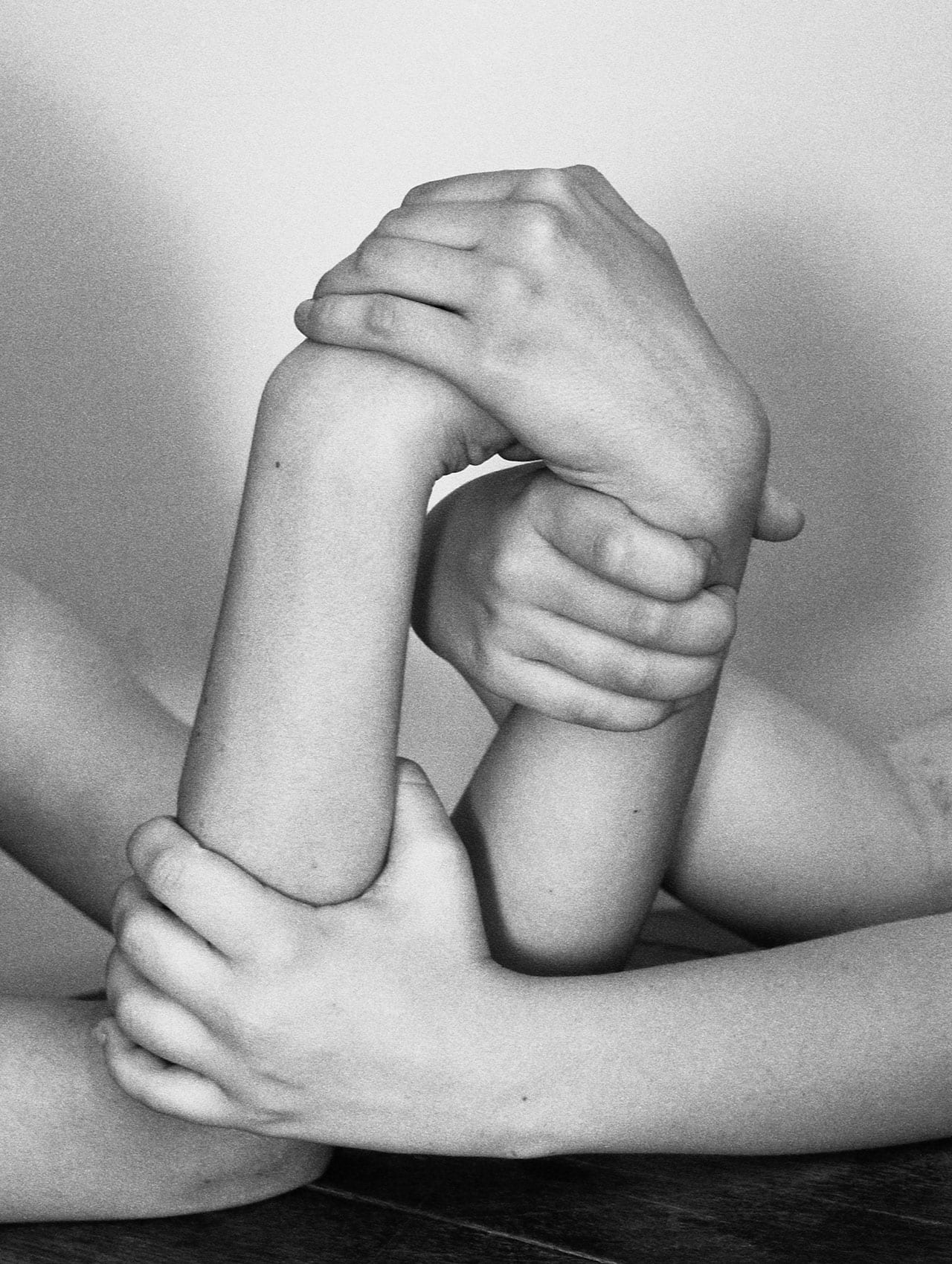
Born in Poland in 1985 and based in London, Joanna Piotrowska has had a stellar career so far. Studying photography at the Academy of Fine Arts in Kraków and then on the prestigious MA at London’s Royal College of Art, she won MACK’s First Book Award in 2014 with FROWST, and then the Photoworks & Jerwood Award in 2015. She’s already shown her work at the Winterthur Fotomuseum, Switzerland, MoMA in New York, Hayward Gallery, Institute of Contemporary Arts and Sadie Coles in London, and now her first solo show has opened at Tate Britain.
Titled All Our False Devices, the exhibition includes both still photographs and 16mm films to consider gestures, relationships, and power. The series Self Defense, 2015 shows young women re-enacting poses from self-defence manuals, for example, while Shelters, 2016-2018 shows makeshift structures Piotrowska invited people to build at home in Lisbon, Rio de Janeiro, Warsaw, and London.
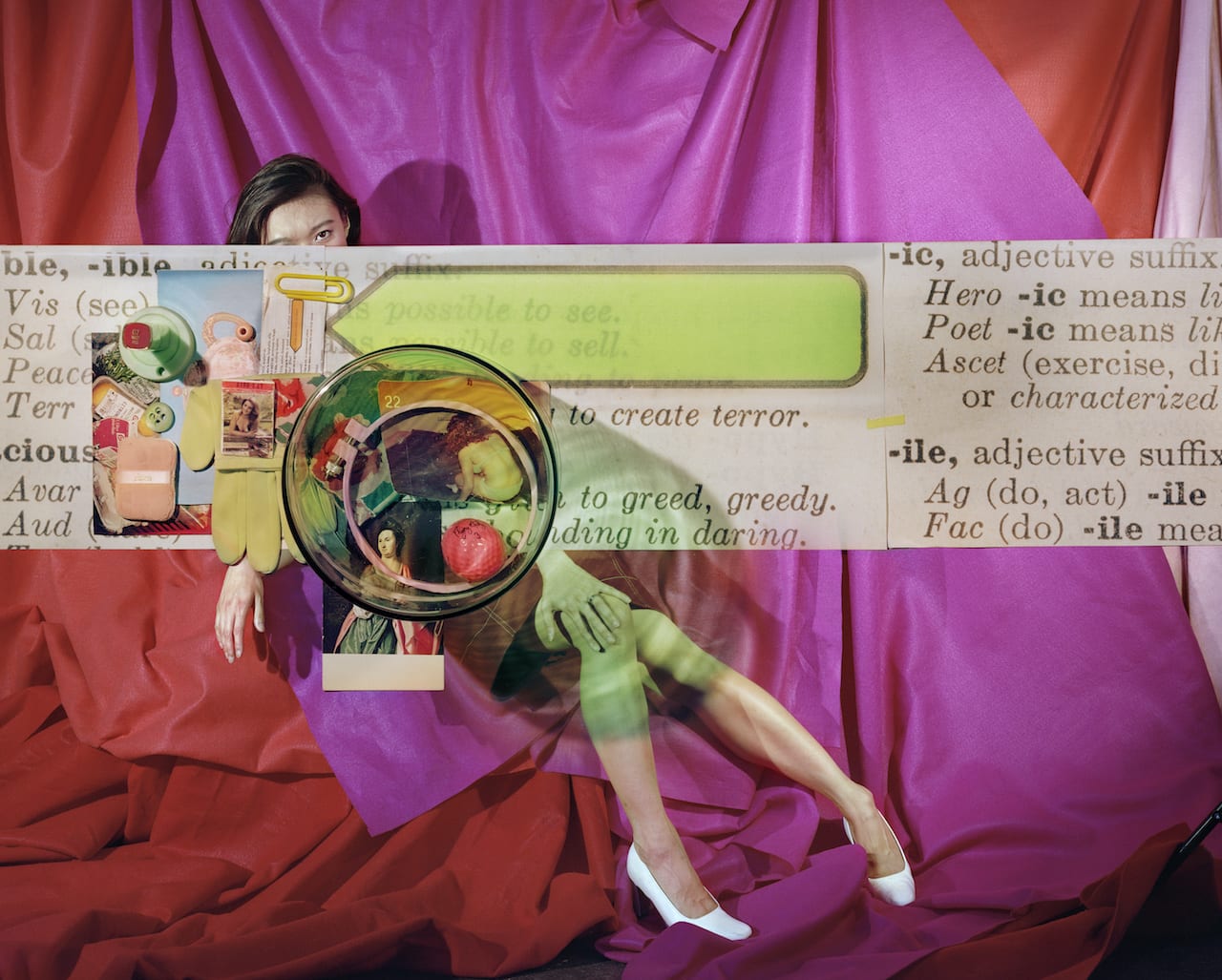
Discovered objects and images play a vital role in the work of Vancouver-born, Brooklyn-based artist Sara Cwynar. Her practice blends collage, still life and portraits in photographic and filmic forms, incorporating material sourced on eBay, or at flea markets and the like. So when the opportunity arose to hold an exhibition at the Minneapolis Institute of Art last autumn, followed by a show at Milwaukee Art Museum this spring, it seemed a serendipitous moment to unearth works incorporating items from an archive close by.
“Some of the pictures that I’ve used as source material over the years came from an eBay seller who bought the archive of an old photo studio in Milwaukee,” she explains. “I think it was operational from the 1950s to the 1970s or so, and it closed down a long time ago. I like that they tie in to the location; I have repurposed some of the negatives from that for this show.”
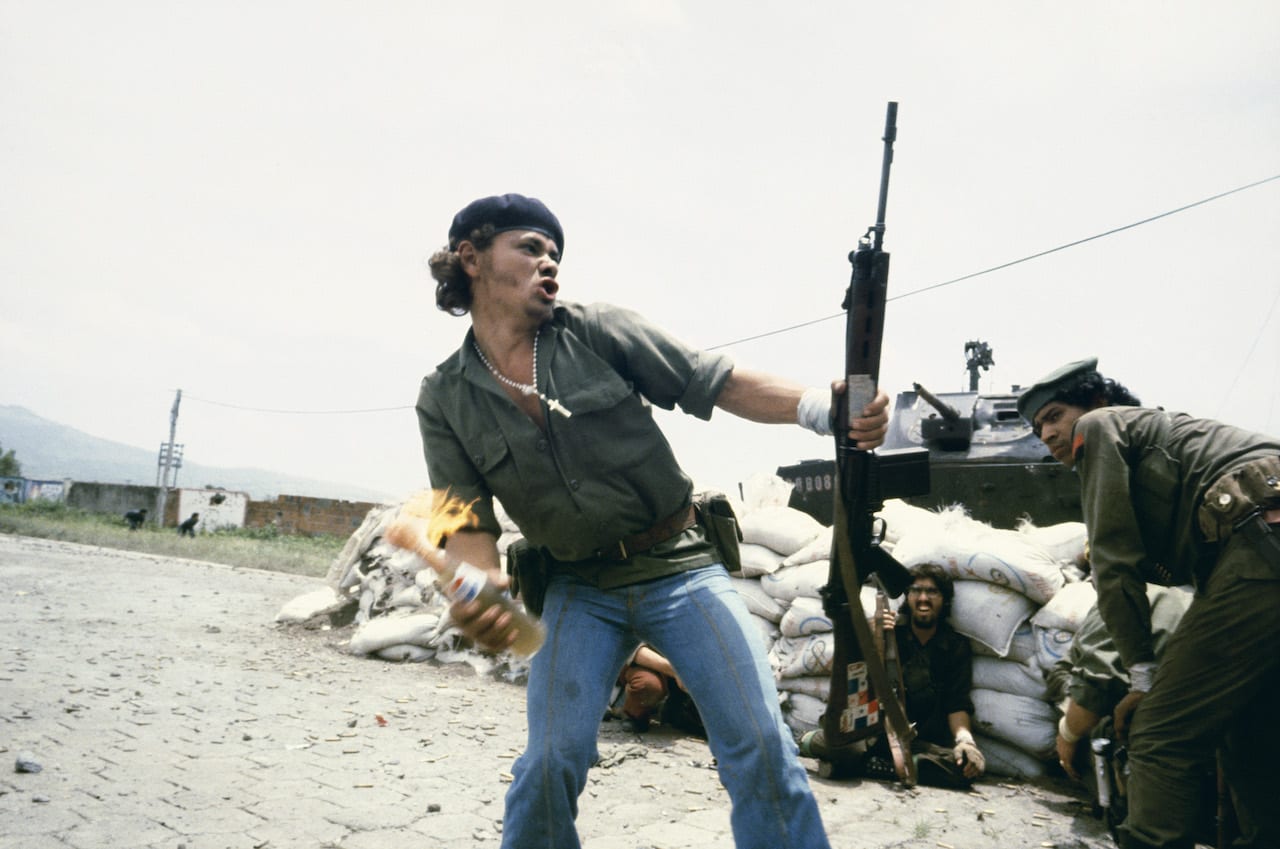
Now in its 22nd year, the Deutsche Börse Photography Foundation Prize is awarded each year to image-makers who’ve made the biggest contribution to the medium in the previous 12 months in Europe. This year the shortlisted artists are: Laia Abril, for her publication On Abortion; Susan Meiselas, for the retrospective exhibition Mediations; Arwed Messmer, for his exhibition RAF – No Evidence / Kein Beweis; and Mark Ruwedel, for the exhibition Artist and Society: Mark Ruwedel. The winner of the £30,000 prize will be announced at The Photographers’ Gallery on 16 May 2019.
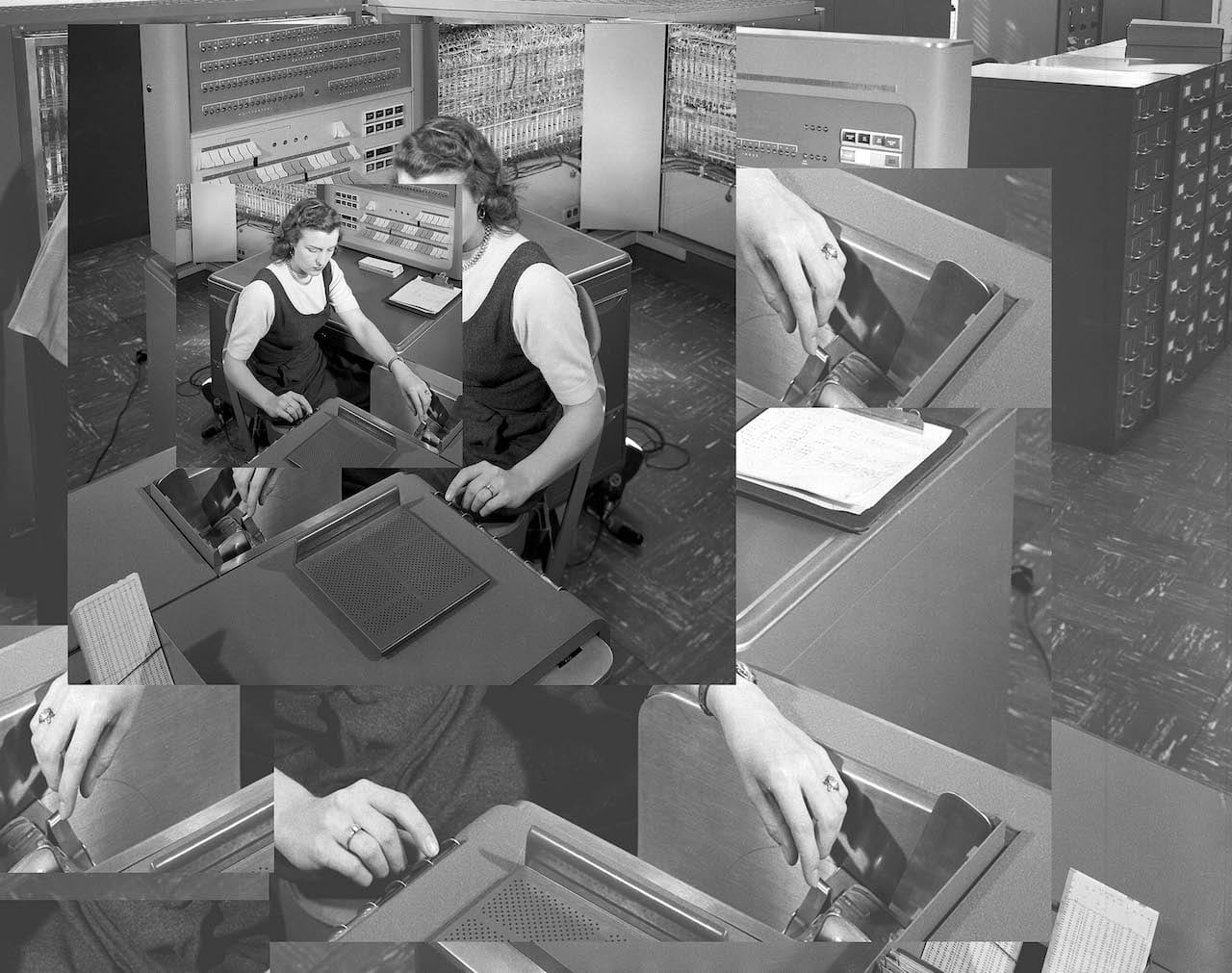
“A festival is about taking risks,” says Louise Clements, founder and director of Format International Photography Festival, which returns this year to celebrate its ninth edition. “Festivals can come and go, but to sustain something for so many years, you have to work out how to make it valuable for its participants and its audience, by giving people something to work towards.”
The city of Derby, in the UK’s post-industrial Midlands, is not large, but over the last 15 years the biennial event has helped place it on the cultural map. Over the course of each festival some 100,000 visitors will gather there – the city’s compact size lending it some advantages. “Derby is small, like Arles [whose 50-year-old Rencontres photography festival remains the blueprint], so there is this critical mass-like feeling,” says Clements. “People are likely to bump into each other, see our bags and totes – the guides see and integrate them, for example, when we work with the local microbreweries.”
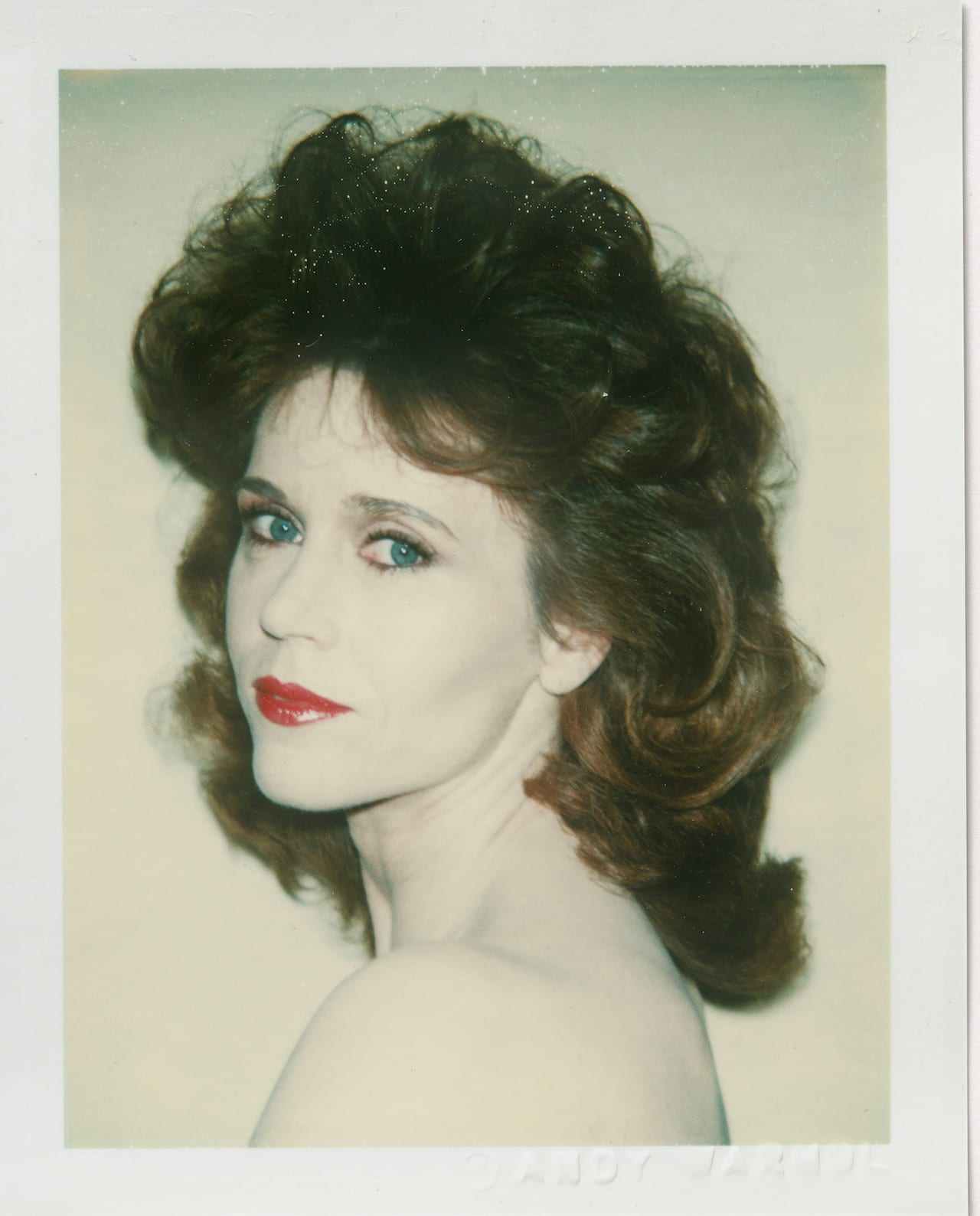
In 1971 Polaroid introduced the Big Shot camera; featuring an integrated flash, viewfinder and fixed focus lens, it was aimed at shooting portraits – and was enthusiastically taken up by artist Andy Warhol. The camera was discontinued in 1973 but Warhol kept using it until his death in 1987, capturing shots of actors, artists, politicians, clubbers, and Factory hangers-on. He also used it to photograph himself, creating a self-portrait in 1979 in what he called his “fright wig” that measures a whopping 81.3cm x 55.9cm.
BASTIAN gallery is showing this huge self-portrait in an exhibition of over 60 of Warhol’s Polaroids, highlighting “the artist’s prolific capacity as a chronicler of his time”. “Alongside other friends, clients and Studio 54 dwellers, these photographs – initially preparatory works for Warhol’s iconic silkscreen portraits – reveal a lack of pathos or individuation, underlining the artist’s notion of an era where ‘everybody looks alike and acts alike, and we’re getting more and more that way’,” states the gallery.
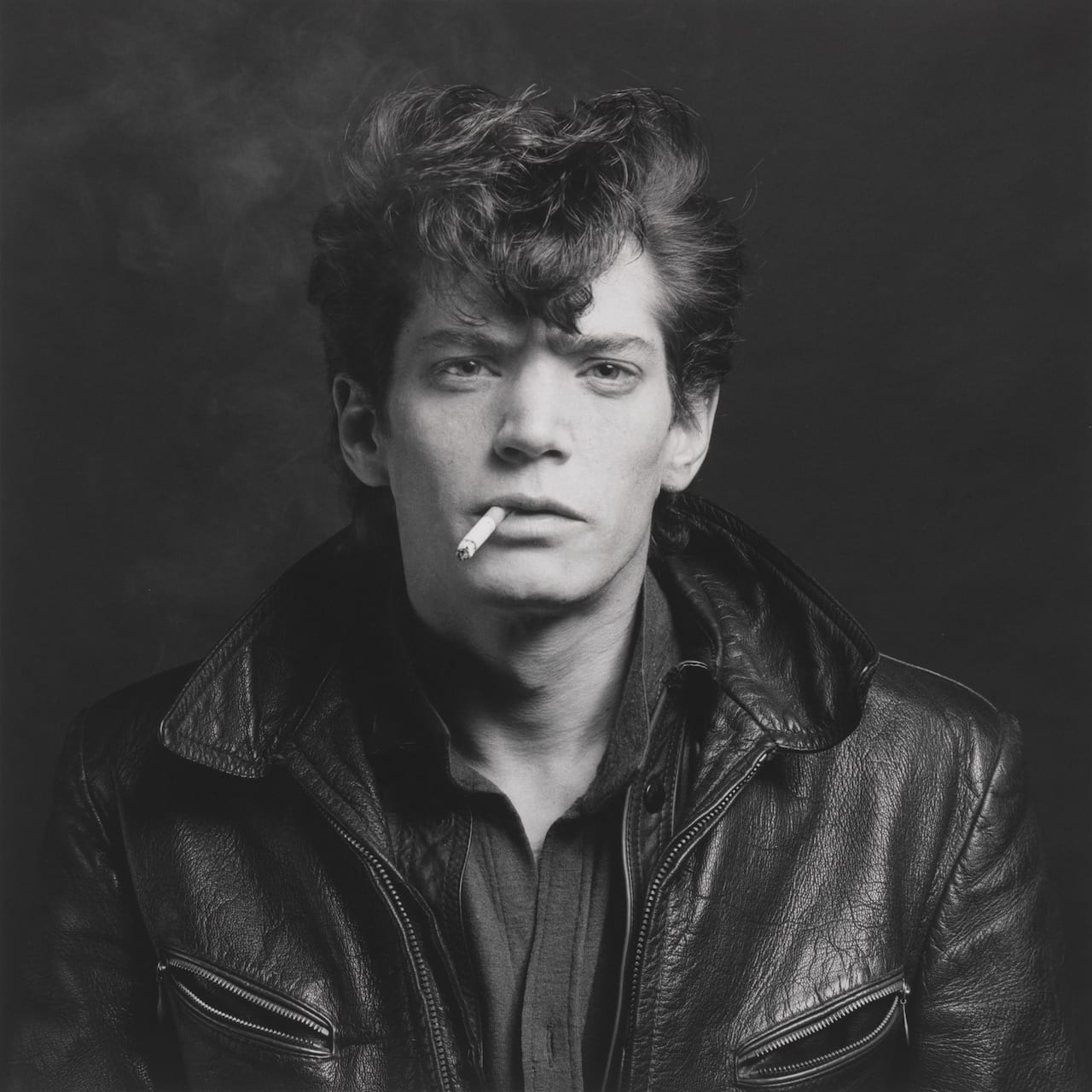
In the winter of 1988, at the Institute of Contemporary Art in Philadelphia, an exhibition opened, triggering outrage. The Perfect Moment, a display of 125 photographs by New Yorker Robert Mapplethorpe, was the most comprehensive show of his work to date – and the most provocative – featuring images he had taken over the previous 25 years, including those of his divisive X Portfolio.
The retrospective came at a difficult time in Mapplethorpe’s life: he was 42, and losing his fight with Aids – the disease that would take his life the following March. Perhaps, for him, this was his final chance to show this expansive oeuvre to the public – most of it shot in his Manhattan loft. But his pristine black-and-white photographs of BDSM scenes, and the sexy, sinewy strangers he met at the Mineshaft sex club, shocked conservative audiences. On a political level, the culture wars in the US were raging.
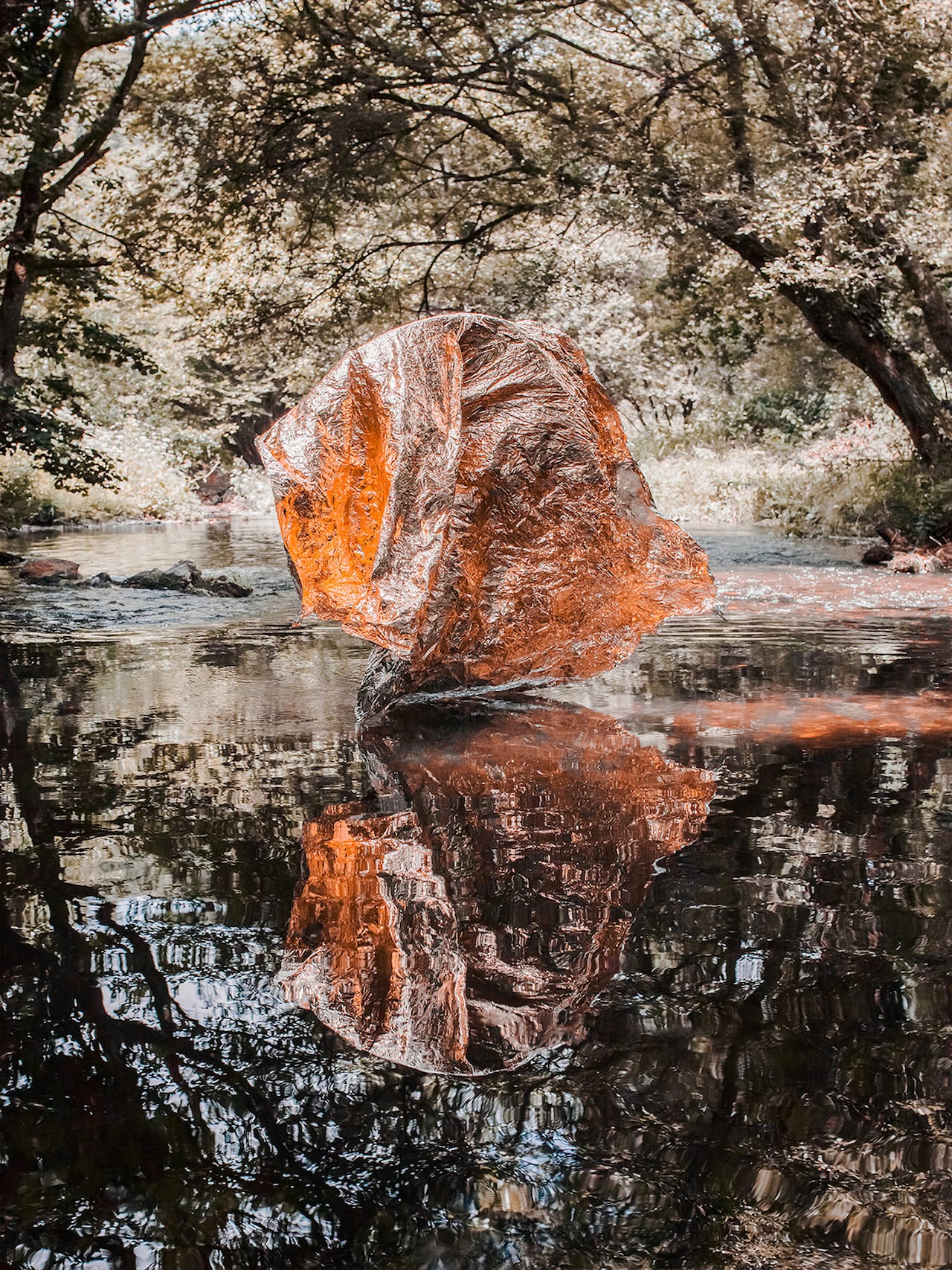
Born in 1981, French photographer Benjamin Deroche studied literature before becoming a photographer – and its mark can perhaps still be seen in his images’ ability to “dereal reality” as critic Françoise Paviot puts it. In his recent series Surnature and Baltica, for example, he creates installations within the landscape, contrasting the natural world with his constructed interventions.
Evoking the land art of Andy Goldsworthy or Nils Udo but resulting in appealing, richly-colour images, this work aims to help viewers question their vision of the world. “There are often very beautiful things in the exteriors of my image but I decide not to return them,” he says, “to leave them out of the field as if there existed a kind of magic to guess them.”
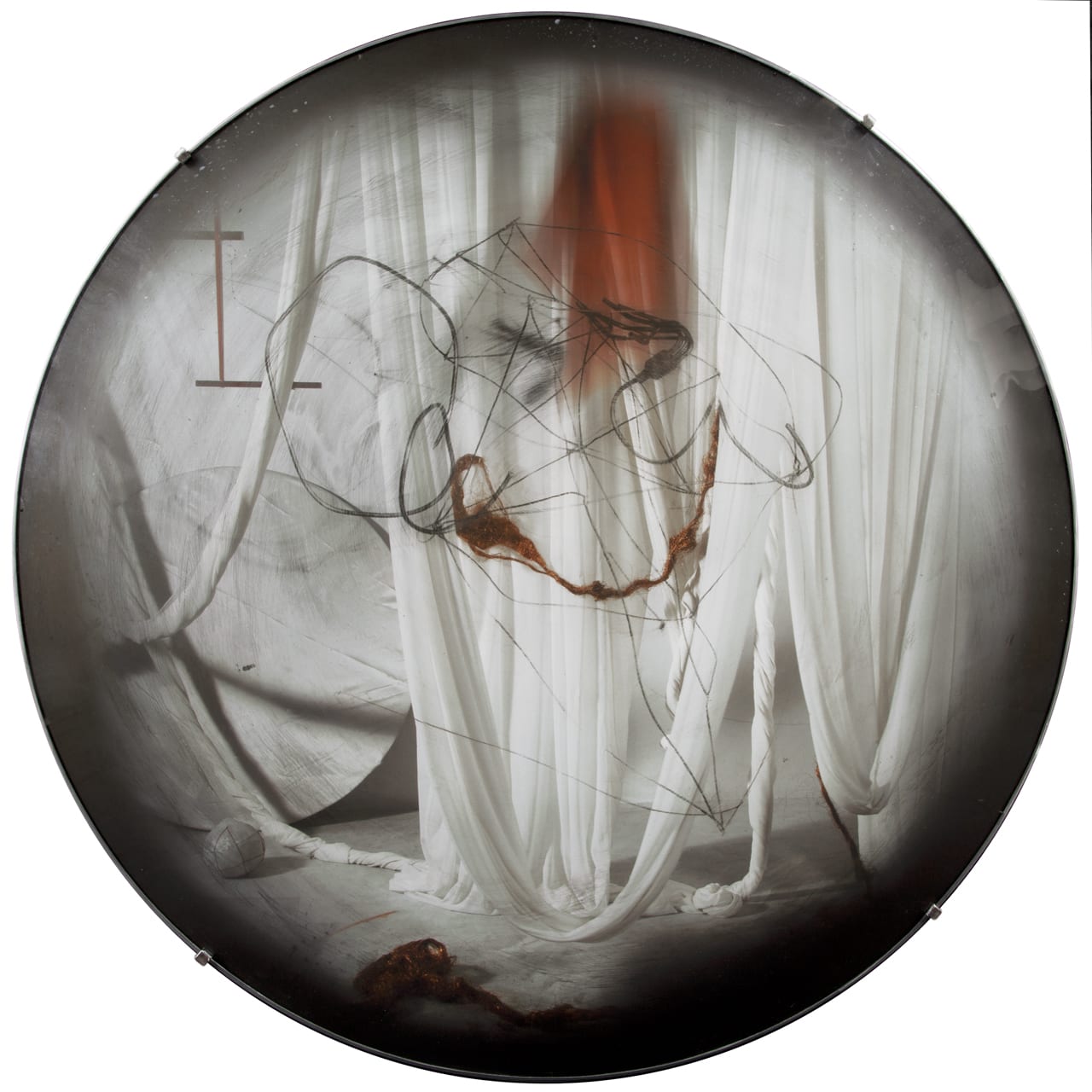
Born in Poland, educated in Switzerland, resident in Caracas, Venezuela from 1975-83, and now living in Paris, Gabriela Morawetz is a truly global citizen and artist, who has exhibited in galleries and museums across North and South America and Europe, including the Chicago Cultural Center, the Gallery of Modern Art in Lodz, Poland, The Recanaty Foundation Museum in Israel, and the Museo de Arte Contemporaneo in Caracas.
Even so, she creates her own worlds in her photography, microcosms in which most of the elements are literally made by her. Her latest show, Unwägbarkeiten / Imponderables, features a series of images using painting, canvas, glass, metal, and reflections, drawing on her background in painting, sculpture, and engraving, which she studied at the Academy of Fine Arts in Krakow before moving into photography.